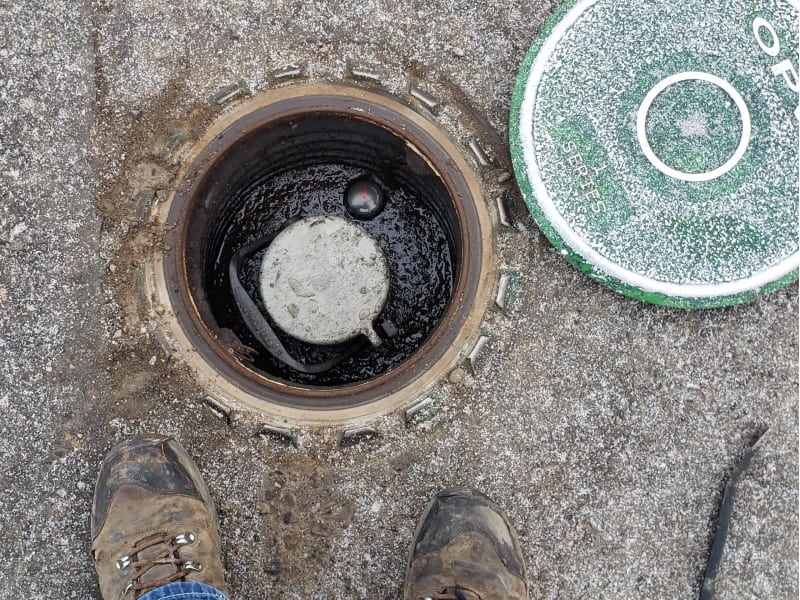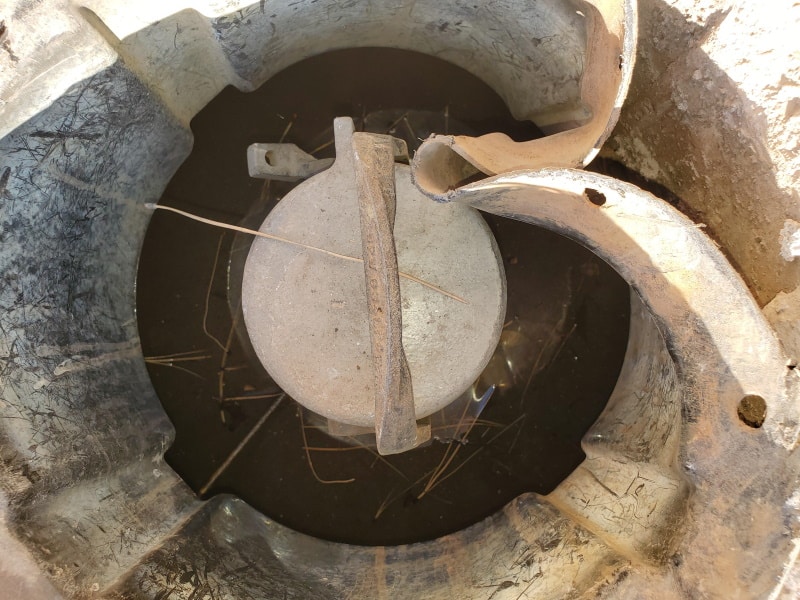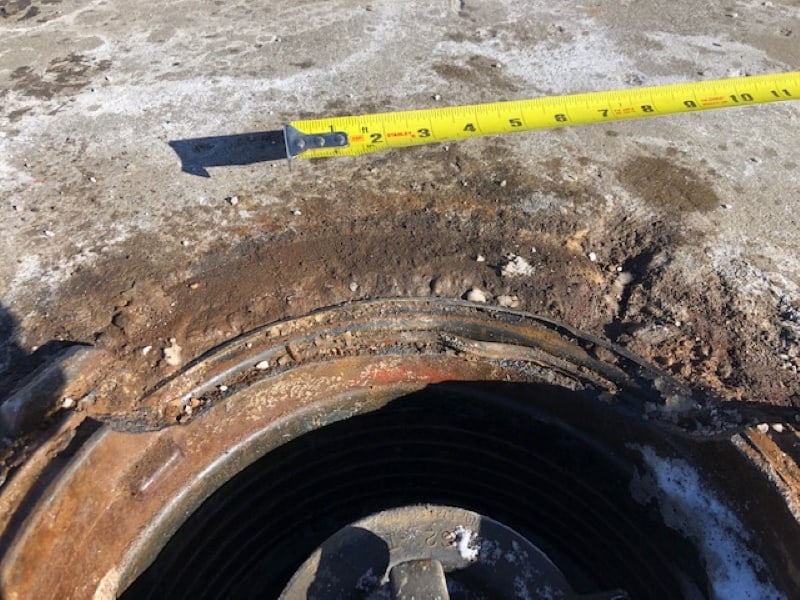Compliance tips for protecting your fuel system from the snow and cold
One January not too long ago, a fuel station high up in Colorado’s Rocky Mountains experienced a compliance emergency when a snowplow damaged a petroleum underground storage tank (UST) spill bucket.
Unfortunately, an ongoing snowstorm and resulting road conditions made getting to the site physically impossible for the CGRS Compliance Services team for nearly two months, leaving the client to personally inspect the spill bucket after every storm instead of the recommended weekly/monthly basis. The fact that the spill bucket was damaged, as well as the continual onslaught of precipitation, left it and the UST at higher risk for water ingress.
It was surely a demanding task for someone not practiced in fuel-system upkeep.
And this wasn’t the first client to experience such an incident. CGRS has assisted clients whose fuel systems suffered so much damage, they weren’t able to receive fuel until the repairs were completed – not a good situation if theirs was one of very few or the only fuel station for miles.
However, emergencies like water ingress or snowplow damage to spill buckets during wintry weather are avoidable whether the fuel station is in the mountains or on the plains, which also experience heavy snow in Colorado.
CGRS’s Compliance experts offer tips on how fuel station operators can protect their systems from winter-related fiascos by following a few simple steps:
- Address any water ingress issues before the cold sets in so the water doesn’t turn into ice, making it more difficult to remove. Damage can also occur if personnel attempt to chip ice out of spill buckets and puncture the bucket walls (leave it to the professionals);
- Monitor your site for potential slow-flow issues during the winter months because mechanical leak detectors may mistake fuel shrinking in colder temperatures as air in the lines;
- Always remove water from tanks immediately to prevent fuel-quality problems;
- Prior to the first snowfall, place cones near spill buckets and manways so snowplow drivers can see the plow rings, avoiding damaging tank top assets. Snowplow damage can lead to water intrusion and even the need for emergency repairs;
- Place mats on fill covers to also help protect plow rings and against water intrusion;
- Inspect fill spill buckets daily for damage, bad gaskets, drain valve function and liquid. Remove the liquid daily if found and report any damage immediately to your compliance service provider for necessary repairs.
If possible, perform any fuel-system repairs or upgrades to a fuel system prior to winter months. If repairs are necessary when it’s colder, remember that they may take longer than they would during warmer months for a few reasons:
- New concrete cannot be poured during active rain or sleet, leading to weather delays;
- Concrete and adhesives/glues also require longer curing periods in colder temperatures;
- Additional equipment such as ground heaters, heating blankets, heat blowers, and tents may be required for pouring new concrete or applying adhesives/glues, potentially increasing costs and project length.
Performing due diligence before winter weather sets in can prevent the need for expensive repairs from snowplows, water ingress and other incidents.
No matter the challenges each season brings, CGRS works year round to keep your fuel system in working order and is available 24/7 for emergencies. Call 800.288.2657 to talk to CGRS’s Compliance experts today.






